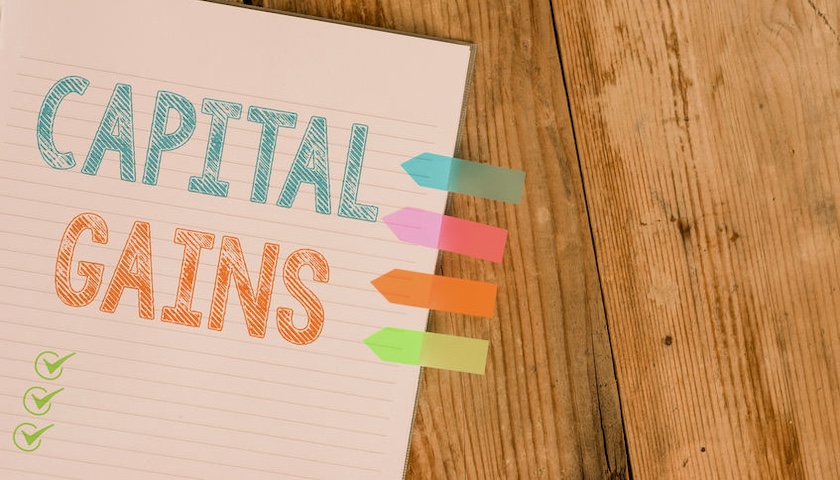Not so long ago, I recall there was speculation that a certain politician should have paid Capital Gains Tax when selling their home. Critics argued that the home wasn’t their main residence, meaning they didn’t qualify for Private Residence Relief. However, some tax experts pointed out that they could have avoided CGT by making substantial improvements to the property. In light of this, we thought it would be useful to explain what improvements are allowed for Capital Gains Tax.
Capital Gains Tax and improvements
It’s worth pointing out that improvements don’t just apply to property. They can apply to any asset that is subject to CGT. For example, improvements to classic cars and works of art would be valid.
As a quick recap, if you sell a chargeable asset and make a capital gain, you may need to pay CGT. To calculate how much you pay, you need to do the following:
- Work out how much profit you’ve made (the difference between the purchase and sale price)
- Deduct from the profit any selling costs (such as solicitor or auction fees)
- Subtract from this sum the cost of any improvements you’ve made to the asset
- Deduct your CGT tax free allowance (normally £3,000 from April 2024)
So far, so good. But what improvements are allowed for Capital Gains Tax? Let’s look at what does – and what doesn’t – count as an improvement.
How improvements are defined
For HMRC to accept something as an improvement, it needs to meet three criteria.
- The improvement must be made to the asset. For example, if you paid for an artwork to be restored, this is an improvement to the asset itself. Therefore, you can deduct this cost from your CGT bill. However, if you pay for a dehumidifier to protect an artwork from damp, this is not an improvement to the actual asset. This cost can’t be deducted.
- The improvement must increase the asset’s value. For instance, if you added a conservatory to a rental property, this would increase its value. The cost can thus be deducted from CGT. Conversely, if you repointed the property or replaced missing roof tiles, these things would count as repairs rather than improvements. As a result the cost can’t be deducted.
- Is the increase in value still valid when you dispose of the asset? Let’s take the example of a classic car. If it had damaged paintwork and you got it resprayed, that would increase its value at the time of repainting. However, if you let the paintwork deteriorate again before selling, then the increase in value would not apply at the time of disposal. This would mean you couldn’t deduct the cost of repainting from CGT.
Keep evidence of the cost of improvements
Now we’ve looked at what improvements are allowed for Capital Gains Tax, we have a word of advice. It’s absolutely essential that you keep receipts when you pay for an improvement. Without them, you have no evidence of what you’ve paid. As a result, HMRC would probably not allow you to deduct the cost from your CGT bill.
Need more help with CGT?
If you need any help with CGT, we can help you. For example, we offer a Fast Track CGT service for property disposals. We can also advise you on CGT exempt assets, and any CGT allowances and reliefs that may apply to you. Simply get in touch with one of our friendly accountants today.
About Karen Jones
Having worked for one of the world’s largest accountancy firms, Karen Jones uses her tax knowledge and skills to help clients obtain substantial reductions to their tax liabilities.
With an expanding portfolio of tax clients, Karen enjoys the variety her work brings her and particularly likes working with new businesses and people. With a growing number of tax clients, she frequently faces a variety of challenges and relishes the experience she gains as she solves them.
Karen likes the THP ethos: “I like the way the team has a professional, but friendly and down-to-earth approach – it creates a productive atmosphere that benefits everyone.”
Karen’s specialist skills:
- Personal Taxation
- Tax Efficient Planning
- Trust Administration












